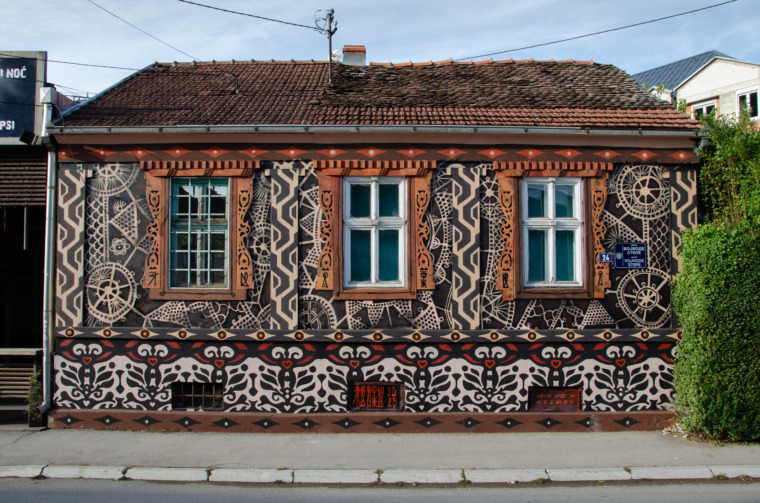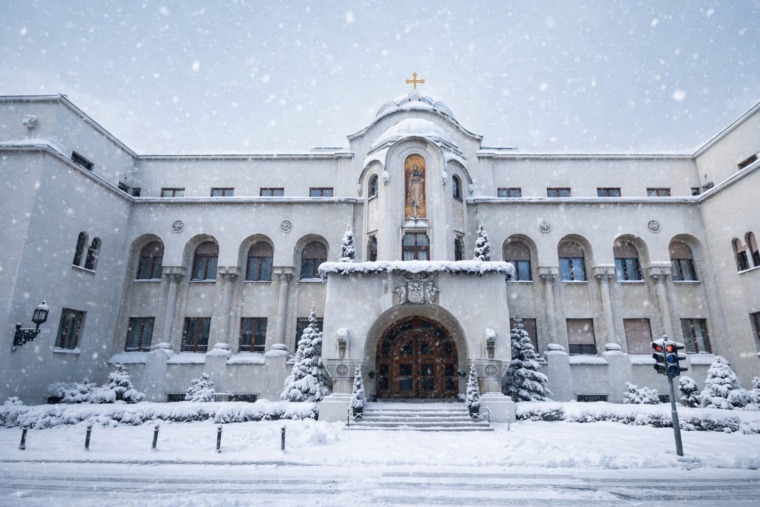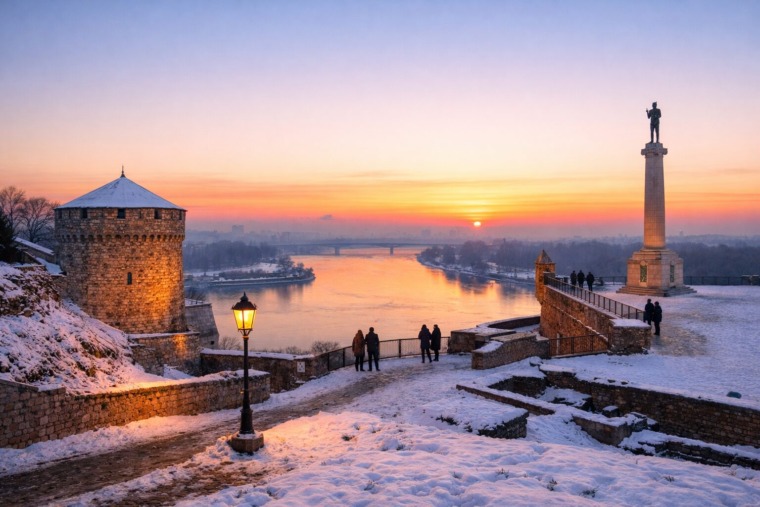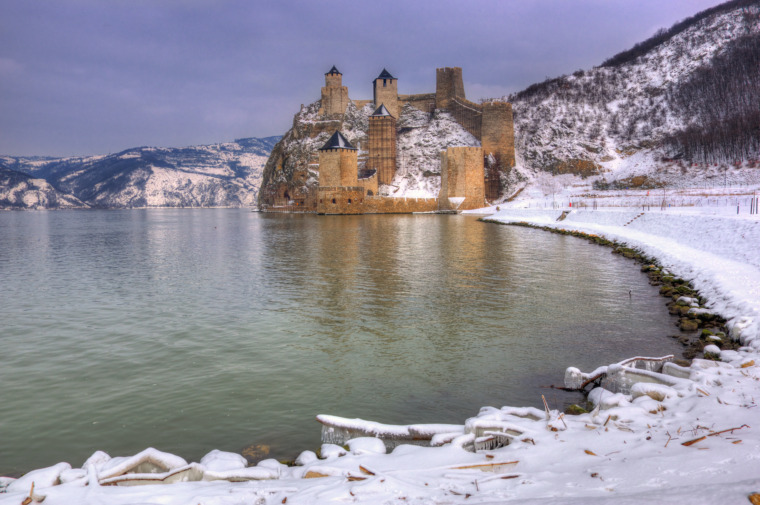
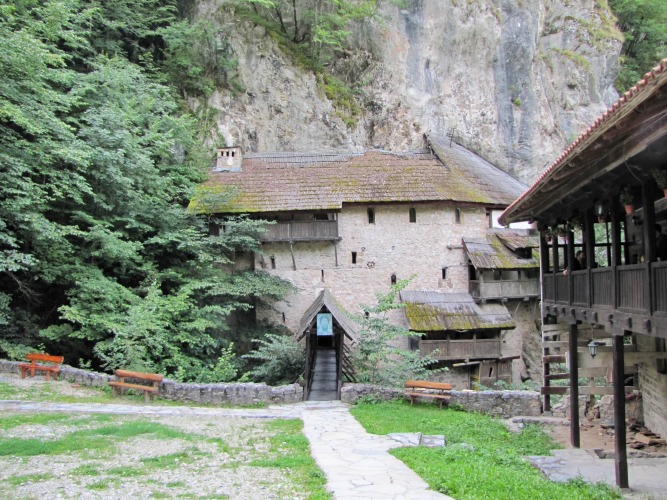
Tucked away in the wild and remote landscape of southwestern Serbia, Crna Reka Monastery is one of the country’s most mystical and revered religious sites. Built into a cave above the river Crna Reka (Black River), the monastery has an aura of seclusion and peace that draws pilgrims and visitors alike. Its centuries-old history, architectural beauty, and spiritual significance make it a must-visit destination for those exploring Serbia’s rich cultural and religious heritage.
1. A Monastery Carved into Nature
The Crna Reka Monastery stands out due to its unique location, built into the side of a cave that forms part of a towering cliff above the dark waters of the Crna Reka. This setting gives the monastery an almost otherworldly atmosphere, where human craftsmanship blends seamlessly with the rugged beauty of nature. The cave, where the monastery is built, provides a natural shelter, and the sound of the river below adds to the serenity and mysticism of the place.
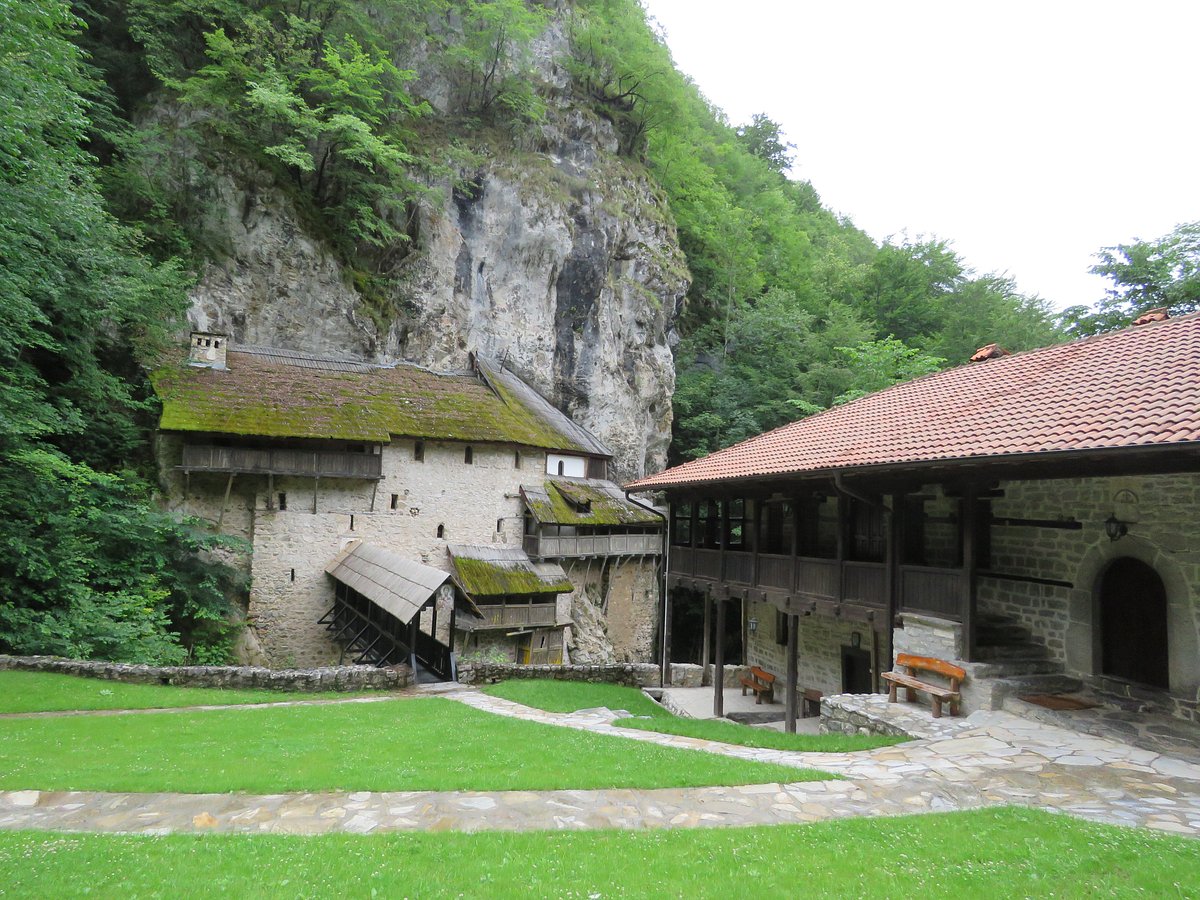
Dating back to the 13th century, the monastery has been a refuge for monks seeking peace and solitude. Its remote location made it an ideal retreat for those escaping invasions or persecution during tumultuous times in Serbian history. Today, its isolation continues to attract those looking for spiritual contemplation, away from the distractions of modern life.
2. Historical and Spiritual Significance
Crna Reka Monastery is dedicated to Saint Michael the Archangel and holds significant importance within the Serbian Orthodox Church. Its history is intertwined with the struggles and resilience of the Serbian people. The monastery served as a center of spirituality and culture during the Ottoman occupation, and even today, it remains an active monastic community.
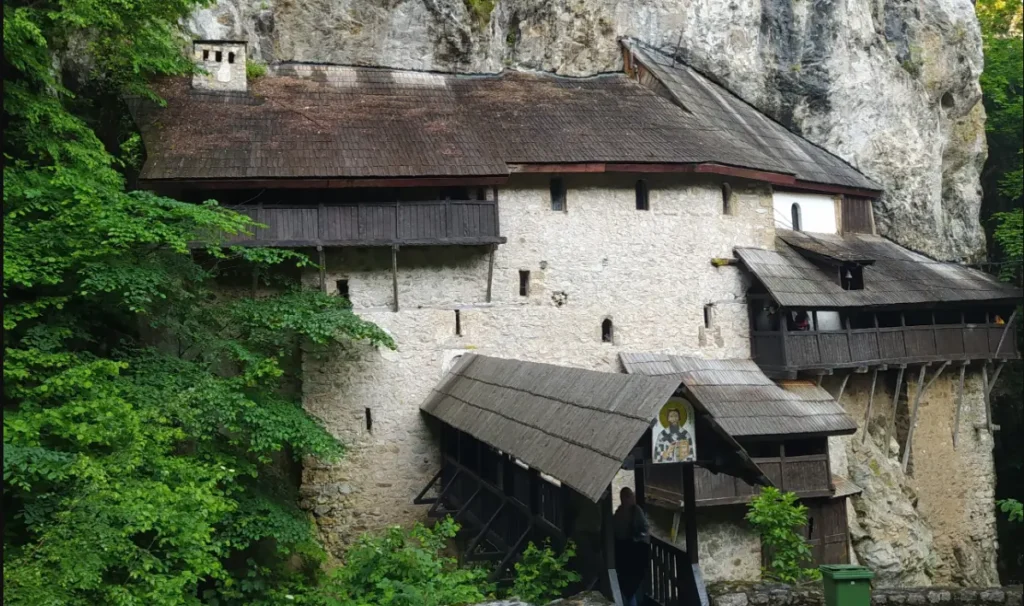
One of the most notable features of the monastery is its reliquary, which contains the relics of Saint Peter of Koriša, a revered Serbian saint who lived in the 13th century. His relics are believed to have miraculous powers and continue to draw pilgrims seeking healing and blessings.
The spiritual importance of Crna Reka goes beyond its relics. Over the centuries, it has been a site of prayer, meditation, and religious study. Monks residing here live a life of strict asceticism, embodying the Orthodox tradition of hermitic monasticism. Visitors are often moved by the deep sense of devotion and tranquility that permeates the place.
3. A Journey Through Time: Architecture and Frescoes
The monastery’s architecture is simple yet captivating. It is built primarily out of stone and wood, blending perfectly with the natural surroundings. The main church, located inside the cave, has an intimate and mystical feel, enhanced by the dim light filtering through small windows and candles flickering in the alcoves.
The interior of the church is adorned with frescoes that date back to the 16th and 17th centuries. Though some of them have been weathered by time, they remain powerful depictions of biblical scenes and saints. These frescoes, combined with the natural cave walls, create a unique spiritual ambiance that connects visitors with both history and faith.
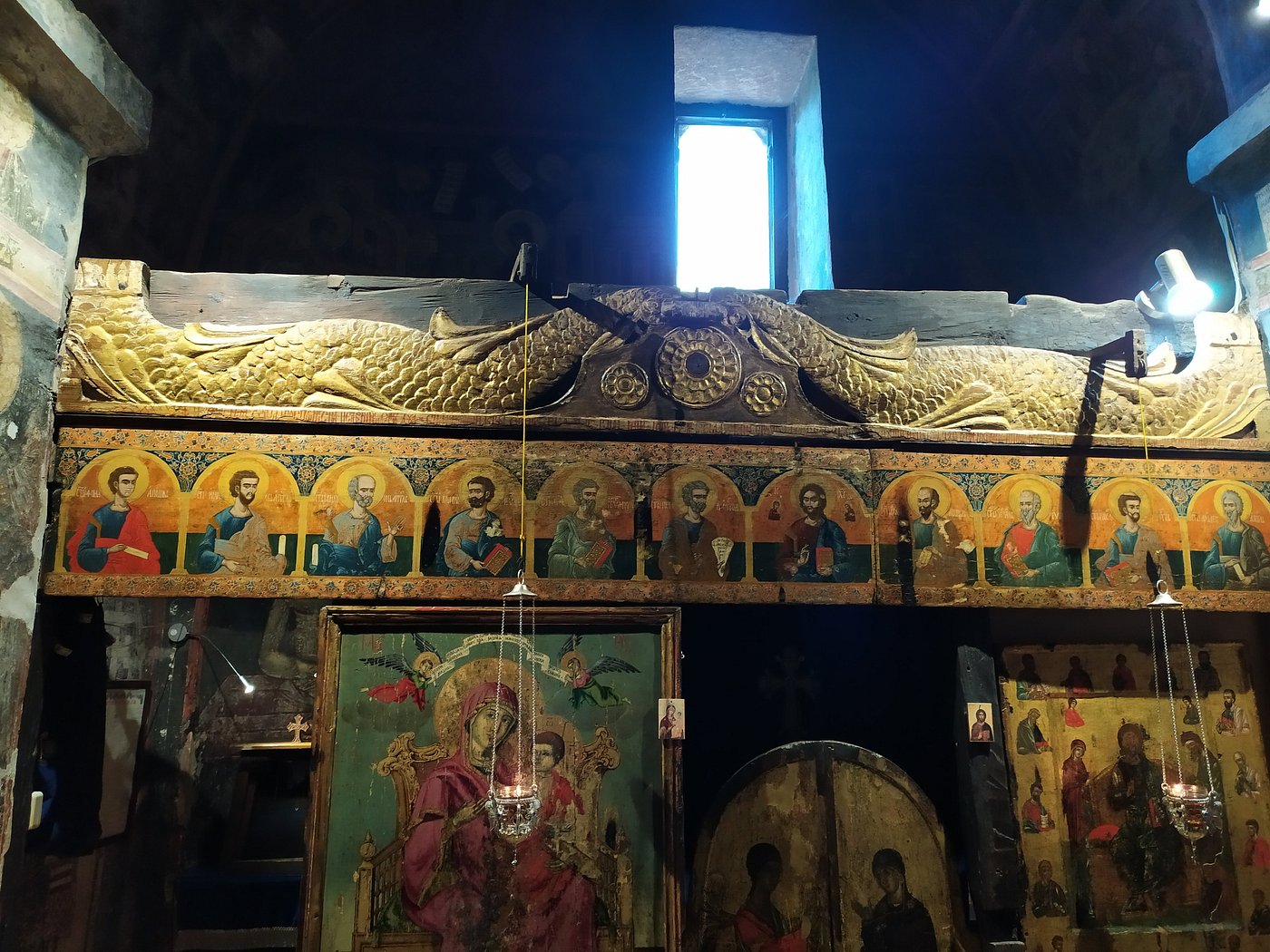
The monastery’s layout is modest, with cells for monks and small communal spaces. Its simplicity reflects the humble and ascetic lifestyle practiced by the monastic community. The entire complex exudes a sense of timelessness, as if untouched by the modern world, making it a rare place where one can step back into the spiritual life of medieval Serbia.
4. The Pilgrimage Experience
Reaching Crna Reka Monastery is an experience in itself. The road leading to the monastery is rugged and narrow, winding through forests and mountains. For those who prefer a more immersive experience, several hiking trails offer a more challenging but rewarding journey. The sense of isolation and the scenic views make the journey to Crna Reka feel like a pilgrimage, both physically and spiritually.
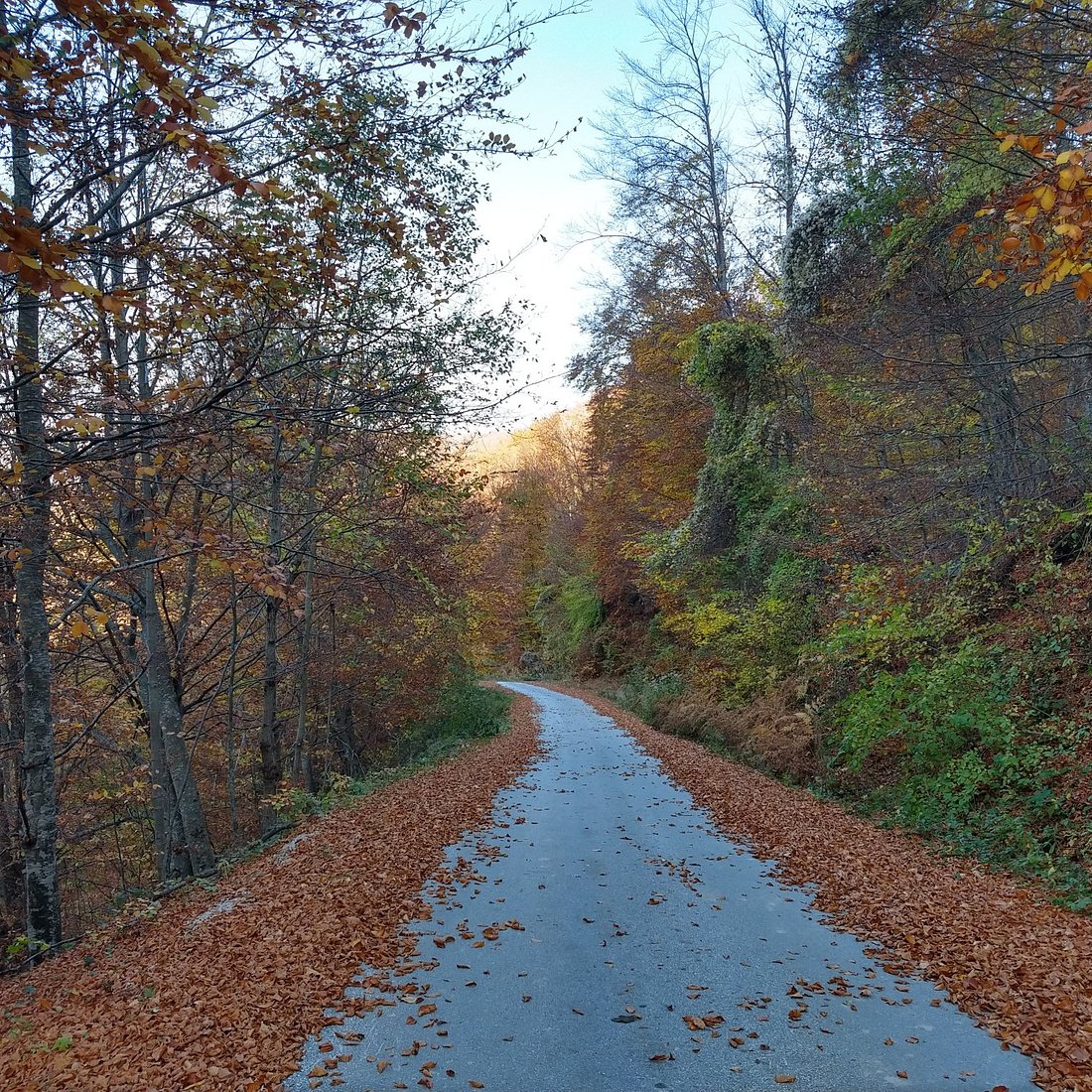
Many visitors describe the visit as transformative. The sense of peace, the natural beauty, and the palpable spiritual presence make it a place of reflection and inner calm. Pilgrims come from all over Serbia and beyond to pray, seek blessings, and experience the monastery’s sacred atmosphere.
5. Crna Reka in Modern Times
Despite its ancient origins, Crna Reka Monastery remains an active and living religious site. The monks continue to practice their daily rites, and the monastery is a center for Orthodox Christian worship, especially during major religious holidays. While remote, it is open to visitors, who are welcome to explore the grounds, attend services, and seek spiritual guidance from the resident monks.
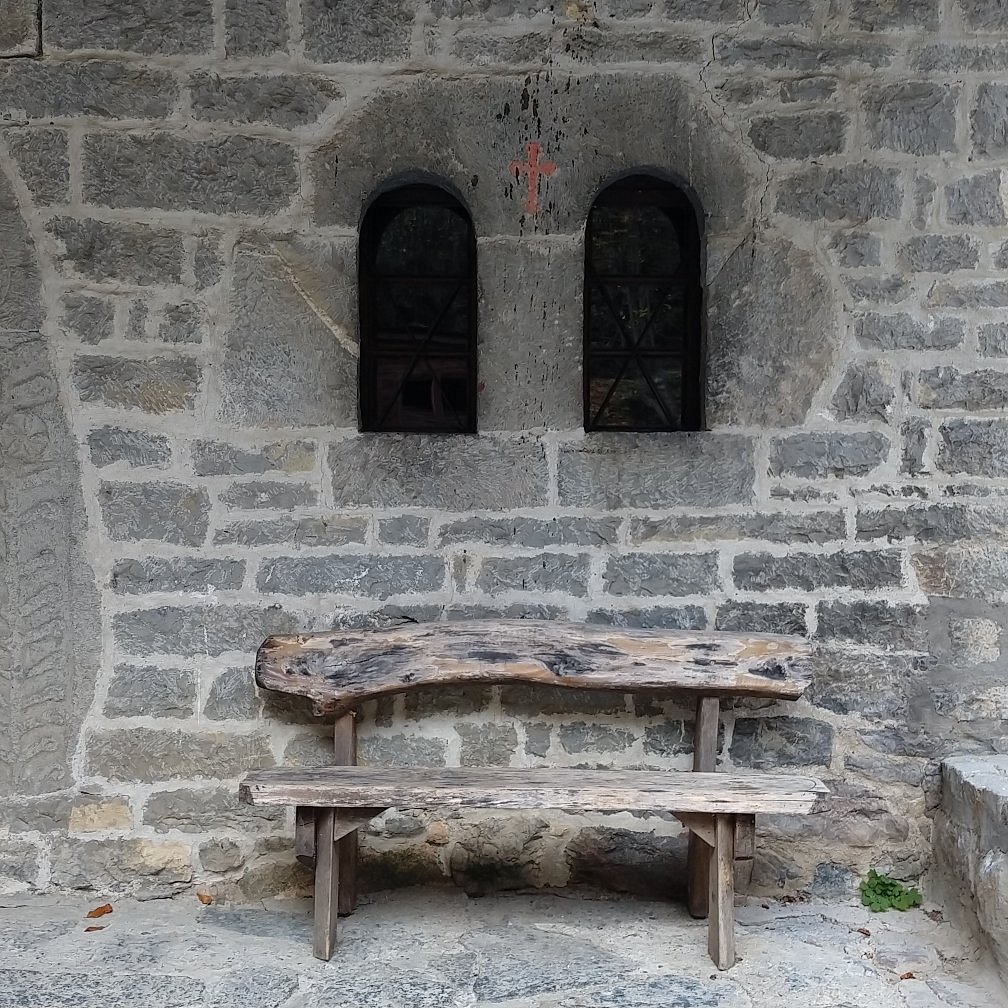
Over the years, Crna Reka has gained more recognition, not just as a religious site but also as a destination for those interested in Serbia’s cultural and historical heritage. Its isolation and mysticism attract not only pilgrims but also travelers looking to explore Serbia’s hidden gems. Despite increased attention, the monastery retains its authentic and untouched charm, maintaining the balance between welcoming visitors and preserving its sacred traditions.
6. Nearby Attractions
Visitors to Crna Reka Monastery can also explore other attractions in the area. The Sopoćani Monastery, a UNESCO World Heritage site, is nearby and is known for its stunning frescoes. Nature lovers can enjoy the beauty of the surrounding Rogozna Mountain or visit the nearby Studenica Monastery, one of the most significant spiritual and historical sites in Serbia.
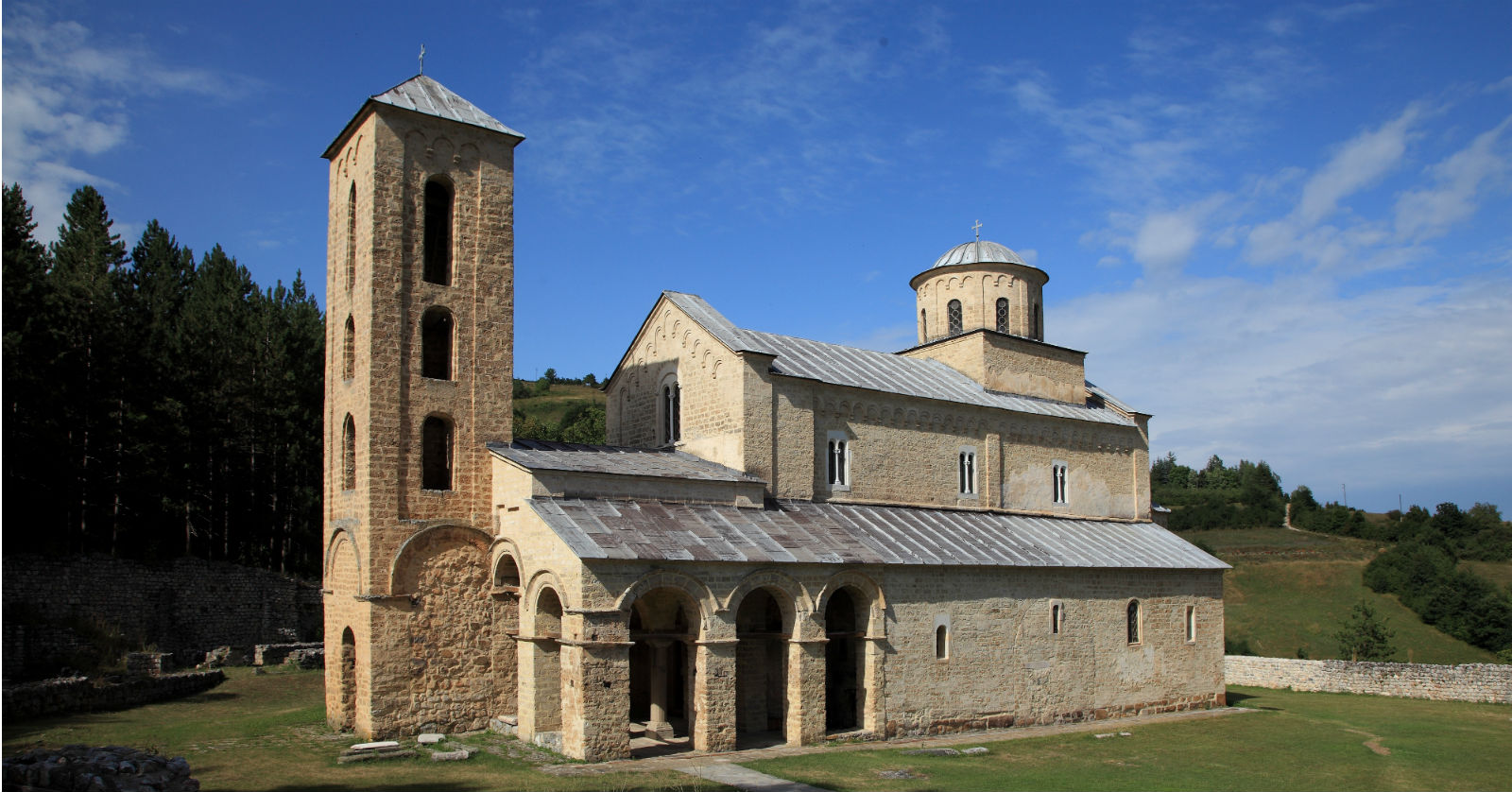
For those looking to immerse themselves in nature, the area around Crna Reka offers pristine landscapes, ideal for hiking and outdoor exploration. The Black River itself, with its dark waters flowing through a deep canyon, is a sight to behold.
Crna Reka Monastery is not just a place of worship; it’s a sanctuary of peace, reflection, and spiritual depth. Its hidden location, ancient history, and powerful religious significance make it one of the most unique destinations in Serbia. Whether you are a pilgrim seeking spiritual connection, a history enthusiast, or a traveler looking for a serene escape, a visit to Crna Reka Monastery offers a truly enriching and transformative experience.
As you stand in the cave church, surrounded by centuries of devotion and natural beauty, you’ll feel the weight of history and faith, making Crna Reka Monastery a profound journey into Serbia’s spiritual heart.
Featured photo: https://upload.wikimedia.org/wikipedia/commons
Related Articles


From Culture to Sport: The Moments That Shaped Serbia in 2025
December 27, 2025
10 Dishes That Must Be on a Serbian New Year’s Table
December 24, 2025
Tourist Holiday Guide to Serbia: Tips, Traditions & What to Expect
December 20, 2025